State Of NASA
State of NASA
Over his tenure, President Obama has now invested $147 billion in America’s space program. Our elected leaders, on a bipartisan basis, have chosen to make this investment in our Agency, because they believe in our Journey to Mars and recognize that investments in NASA’s present are investments in America’s future.
Because the State of our NASA is strong, President Obama is recommending a $19 billion budget for the next year to carry out our ambitious exploration and scientific discovery plans. Here are the areas in which we’ll continue to invest:
Solar System and Beyond

As we explore our solar system and search for new worlds, we look to answer key questions about our home planet, neighboring planets in our solar system and the universe beyond.
Journey to Mars

We’re developing the capabilities needed to send humans to an asteroid by 2025 and Mars in the 2030s. Mars is a rich destination for scientific discovery and robotic and human exploration as we expand our presence into the solar system. Its formation and evolution are comparable to Earth, helping us learn more about our own planet’s history and future.
International Space Station

Earth Right Now

We use the vantage point of space to increase our understanding of our home planet, improve lives and safeguard our future. Our Earth science work also makes a difference in people’s lives around the world every day.
Technology Drives Exploration

Sustained investments in our technology advance space exploration, science and aeronautics capabilities. We seek to improve our ability to access and travel through space; land more mass in more locations throughout our solar system; live and work in deep space and on planetary bodies; build next generation air vehicles, and transform the ability to observe the universe and answer profound questions in Earth and space sciences.
Aeronautics

Thanks to advancements in aeronautics developed by NASA, today’s aviation industry is better equipped than ever to safely and efficiently transport all those passengers to their destinations.

The President’s FY 2017 budget provides $790 million to our Aeronautics Research Mission Directorate. This investment will accelerate aviation energy efficiency, advance propulsion system transformation and enable major improvements in aviation safety and mobility. The future of flight will: utilize greener energy, be half as loud, use half the fuel and will create quieter sonic booms.
State of NASA Social

Today, we have opened our doors and invited social media followers and news media to an in-person event, at one of our 10 field centers. Guests will go on a tour and see highlights of the work we’re doing. You can follow along digitally on Twitter: https://twitter.com/NASASocial/lists/state-of-nasa-all1.
Check our Twitter Moment HERE.
Did you miss NASA Administrator Bolden’s remarks? You can watch a full recap HERE.
For all budget related items, visit: http://www.nasa.gov/news/budget/index.html
Make sure to follow us on Tumblr for your regular dose of space: http://nasa.tumblr.com
More Posts from Smartler and Others
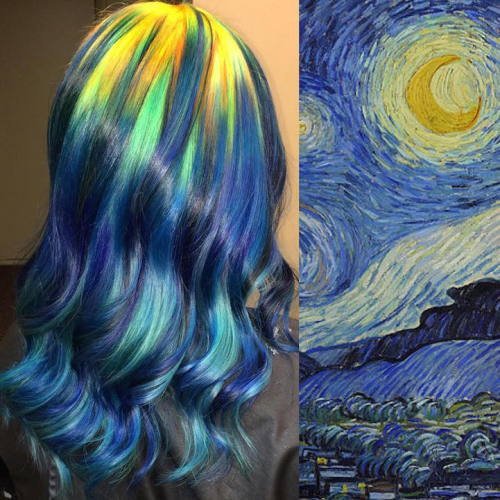






Hairstylist Creates Hair Dyeing Masterpieces Inspired by Classic Fine Art Paintings
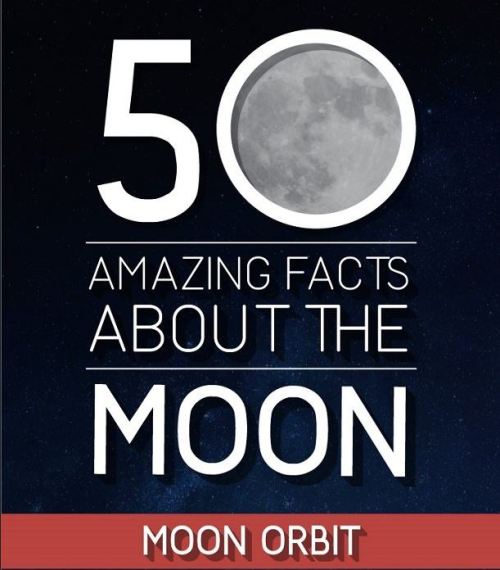
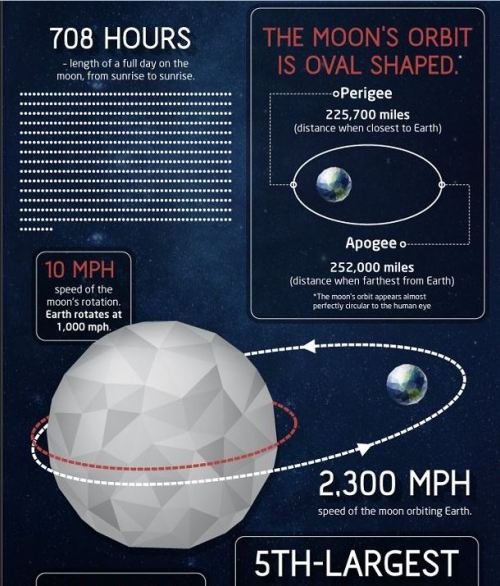
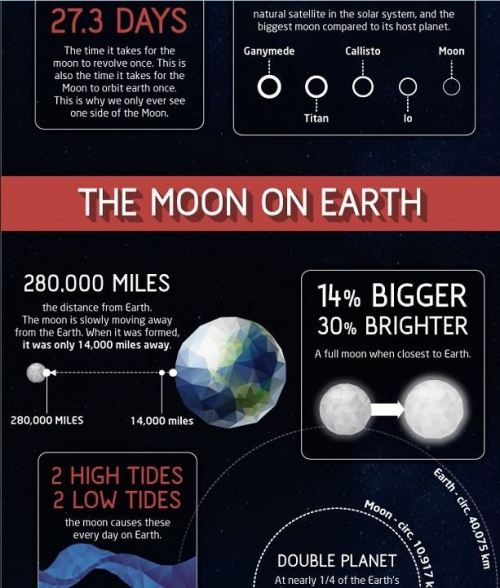
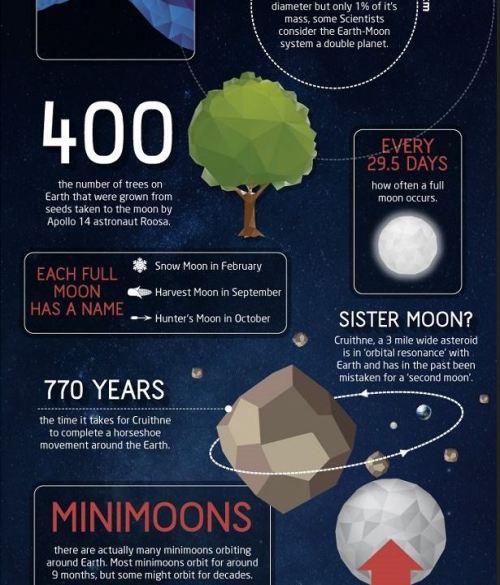
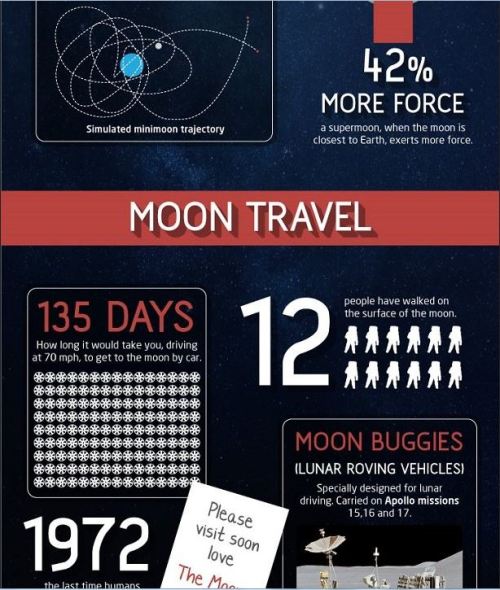
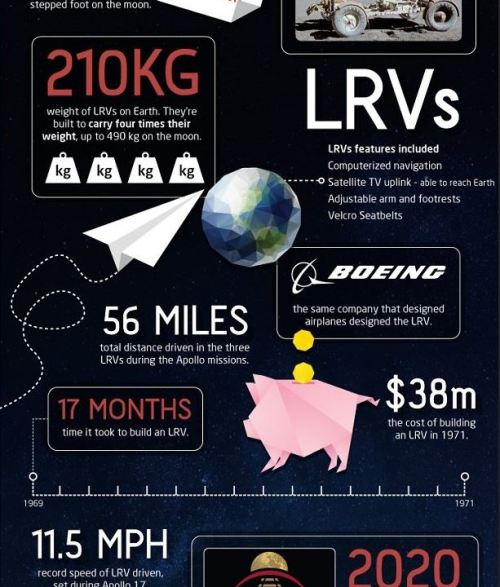
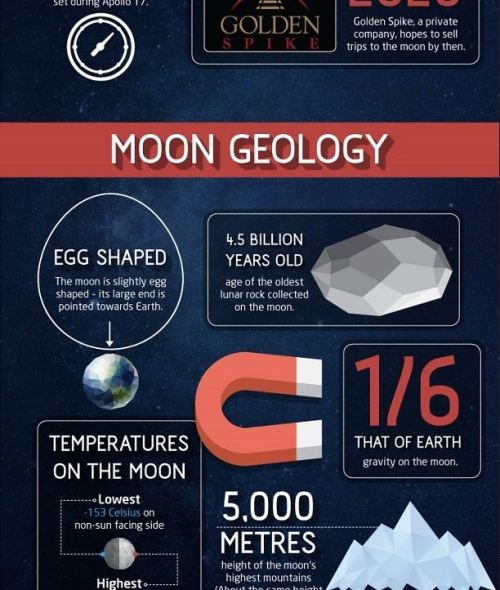
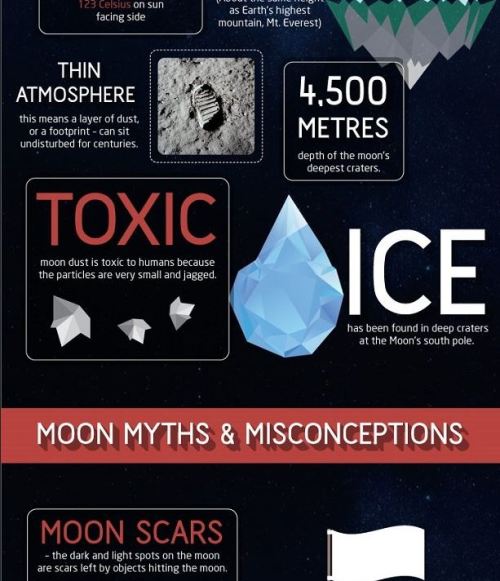
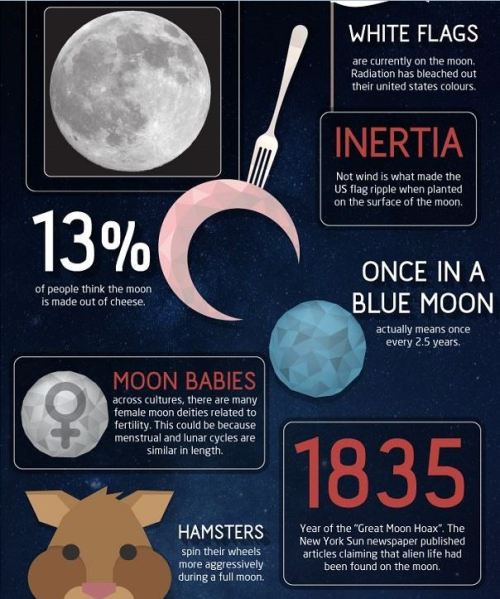
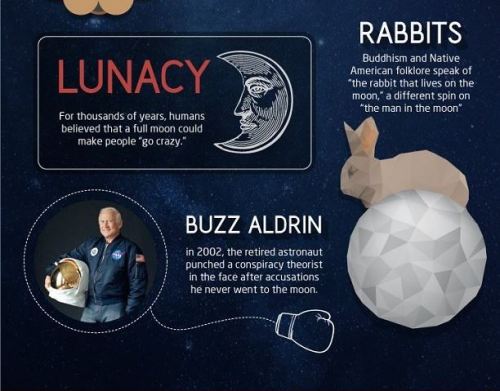
50 Amazing Fact About the Moon
(Source)
What Are the Bright Spots on Ceres?

Dwarf planet Ceres has more than 130 bright areas, and most of them are associated with impact craters. Now, Ceres has revealed some of its well-kept secrets in two new studies in the journal Nature, thanks to data from our Dawn spacecraft.
Two studies have been looking into the mystery behind these bright areas. One study identifies this bright material as a kind of salt, while the other study suggests the detection of ammonia-rich clays.
Study authors write that the bright material is consistent with a type of magnesium sulfate called hexahydrite. A different type of magnesium sulfate is familiar on Earth as Epsom salt.

Researchers, using images from Dawn’s framing camera, suggest that these salt-rich areas were left behind when water-ice sublimated in the past. Impacts from asteroids would have unearthed the mixture of ice and salt.
An image of Occator Crater (below) shows the brightest material on Ceres. Occator itself is 60 miles in diameter, and its central pit, covered by this bright material, measures about 6 miles wide. With its sharp rim and walls, it appears to be among the youngest features on the dwarf planet.

In the second nature study, members of the Dawn science team examined the composition of Ceres and found evidence for ammonia-rich clays. Why is this important?
Well, ammonia ice by itself would evaporate on Ceres today, because it is too warm. However, ammonia molecules could be stable if present in combination with other minerals. This raises the possibility that Ceres did not originate in the main asteroid belt between Mars and Jupiter, where it currently resides. But instead, might have formed in the outer solar system! Another idea is that Ceres formed close to its present position, incorporating materials that drifted in from the outer solar system, near the orbit of Neptune, where nitrogen ices are thermally stable.

As of this week, our Dawn spacecraft has reached its final orbital altitude at Ceres (about 240 miles from the surface). In mid-December, it will begin taking observations from this orbit, so be sure to check back for details!
ake sure to follow us on Tumblr for your regular dose of space: http://nasa.tumblr.com
What is a Supermoon Lunar Eclipse?

We’ve told you that on Sept. 27 a supermoon lunar eclipse will occur in the U.S. And much of the world, but what does that mean?
One important note, is that this event can be referred to in many different ways:
Supermoon Lunar Eclipse
Super Blood Moon
Harvest Moon Eclipse
Supermoon Eclipse
All slightly different names, but apply to the same spectacular event that will occur this weekend.
Since it’s rare that both a supermoon and an lunar eclipse occur at the same time, let’s break it down.
1) Supermoon

A supermoon is a full or new moon that falls closest to the fall equinox, and is at its closest approach to the Earth. This results in the moon appearing up to 14% larger in diameter.
2) Lunar Eclipse

A lunar eclipse occurs when the moon passes directly behind the Earth into its shadow. This can give the moon a red tint.
3) A Supermoon Lunar Eclipse!

The combination of these two events does not happen very often. In fact, since 1900 a supermoon lunar eclipse has only happened 5 times! The last time this occurred was 1982, and if you miss the event this year, your next opportunity won’t come until 2033.
This year, the event will be visible from the Americas, Europe and Africa on the night of Sept. 27. Here’s a full schedule of the supermoon eclipse:

If it’s cloudy in your area on Sept. 27, don’t worry! NASA Television will be providing a live stream of the event, so you can tune in and enjoy the show.
For more information and resources on the supermoon lunar eclipse, visit our page on NASA.gov.
Make sure to follow us on Tumblr for your regular dose of space: http://nasa.tumblr.com
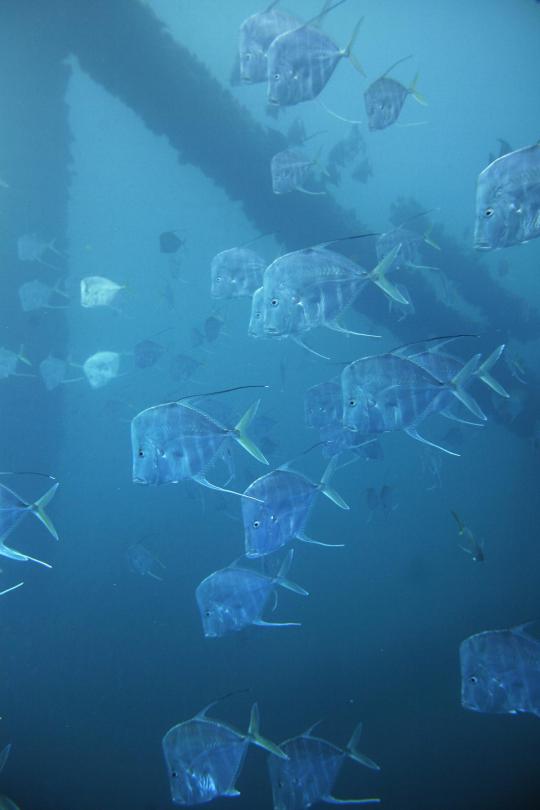
Scientists have solved a longstanding mystery about how some fish seem to disappear from predators in the open waters of the ocean, a discovery that could help materials scientists and military technologists create more effective methods of ocean camouflage.
In a paper published this week in Science, a team led by researchers at The University of Texas at Austin reports that certain fish use microscopic structures called platelets in their skin cells to reflect polarized light, which allows the fish to seemingly disappear from their predators.
Polarized light is made up of light waves all traveling in the same plane, such as the bright glare you sometimes see when sunlight reflects off the surface of water.
Under the surface of the water, light tends to be polarized. Many fish—and sophisticated modern satellites—have the ability to detect variations in such polarized light.
“Fish have evolved the means to detect polarized light,” said Molly Cummings, professor of integrative biology in the College of Natural Sciences. “Given that, we suggested they’ve probably evolved the means to hide in polarized light. If we can identify that process, then we can improve upon our own camouflage technology for that environment.”
Whether it’s a predator pursuing a fish or a satellite seeking an adversary, light patterns help with detection of targets in the the open ocean in three ways: through brightness contrast, color contrast and polarization contrast. Of the three, polarization contrast is considered most effective for detection in the open ocean.
Continue Reading.
8 of the world’s most bizarre flowers:
1.) Swaddled Babies

2.) Flying Duck Orchid

3.) Hooker’s Lips Orchid

4.) Ballerina Orchid

5.) Monkey Orchid

6.) Naked Man Orchid

7.) Laughing Bumblebee Orchid

8.) White Egret Orchid


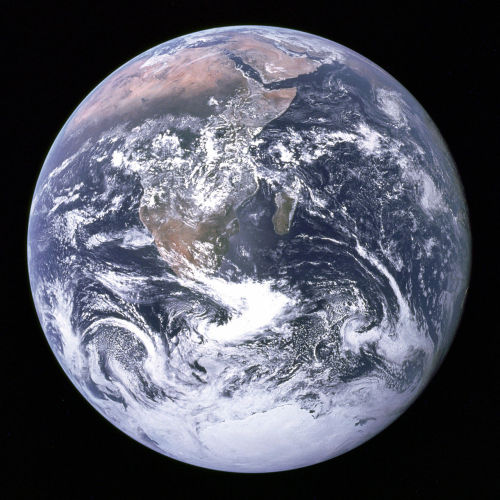


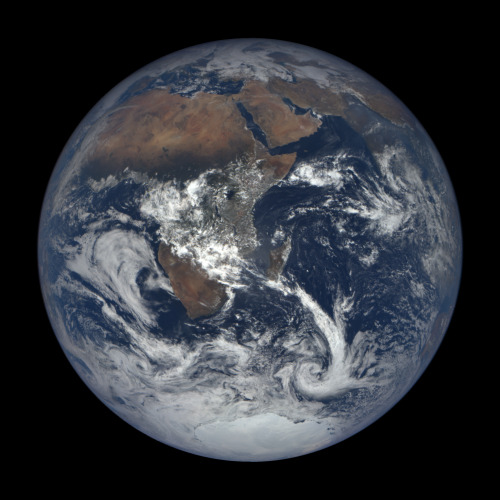

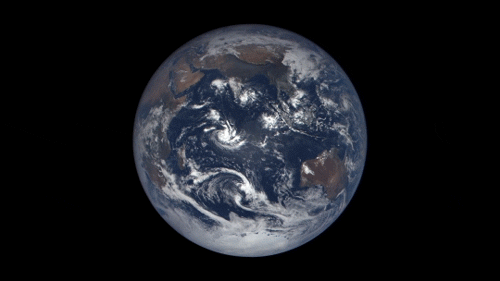
43 years ago, on December 7, 1972, the crew of Apollo 17 snapped a shot of the nearly fully illuminated Earth on their way to the moon. It became an iconic image representing Earth’s frailty and the global activist movements of the 70s.
Since then, no human has been far enough away from Earth to capture the entire globe. But thanks to a satellite called the Deep Space Climate Observatory (DSCOVR) we can now see up to date new blue marble-esque images almost every day.
The satellite monitors solar wind and solar magnetic storms to help scientists better forecast severe space weather events that can actually knock out power here on earth. It sits some 900,000 miles away from earth at Lagrangian Point 1, a place in space the pull of the earth and the sun balance each other out and a satellite can maintain a stable position.
On board, NASA’s Earth Polychromatic Imaging Camera (EPIC) is perpetually staring back at Earth, capturing images of our planet and beaming them home. You can see them at this website.



When can I see the supermoon eclipse tomorrow night?
On Sunday night, people in parts of western Europe, western Africa, North America and all of South America will be able to see a lunar eclipse. And this one’s extra special, because the moon will be at its perigee – the closest it gets to Earth. Not only will the moon turn red (learn why it turns red here) it will seem larger than usual.
In the first GIF I’ve listed the times the moon will enter Earth’s faint shadow (the penumbra) and then its darker, red-tinted shadow. You can figure out exact times for your location using the U.S. Naval Observatory’s handy calculator.
The second GIF shows the eclipse from another perspective - looking down on Earth’s north pole. This is to scale. It always surprises me to see how far apart the moon (the white dot) and earth (the blue circle) really are. The sun is off screen to the right, casting a long shadow. The colored lines radiating from earth show the approximate horizon lines in the four time zones. Once the lines pass, the moon is visible. Everyone in the contiguous US will be able to see the eclipse, but only people in the Easter and Central time zones will be able to see it start.
(If you want this information in song, some awesome sixth graders from Old High Middle School in Arkansas updated my eclipse song from last year. Or check out this completely original and funny song by Scarlett Simmons).
-
 contemporaryuser reblogged this · 6 years ago
contemporaryuser reblogged this · 6 years ago -
 contemporaryuser liked this · 6 years ago
contemporaryuser liked this · 6 years ago -
 aesthetic-fornication-blog reblogged this · 7 years ago
aesthetic-fornication-blog reblogged this · 7 years ago -
 contemporaryuser reblogged this · 7 years ago
contemporaryuser reblogged this · 7 years ago -
 scistrike-blog reblogged this · 8 years ago
scistrike-blog reblogged this · 8 years ago -
 scistrike-blog liked this · 8 years ago
scistrike-blog liked this · 8 years ago -
 quantum-physicsxxx-blog liked this · 9 years ago
quantum-physicsxxx-blog liked this · 9 years ago -
 quantum-physicsxxx-blog reblogged this · 9 years ago
quantum-physicsxxx-blog reblogged this · 9 years ago -
 utot-atbp liked this · 9 years ago
utot-atbp liked this · 9 years ago -
 jsbustaman liked this · 9 years ago
jsbustaman liked this · 9 years ago -
 jaimistoryteller liked this · 9 years ago
jaimistoryteller liked this · 9 years ago -
 phipiohsum475 reblogged this · 9 years ago
phipiohsum475 reblogged this · 9 years ago -
 galaxy-cosplay liked this · 9 years ago
galaxy-cosplay liked this · 9 years ago -
 lilreemix liked this · 9 years ago
lilreemix liked this · 9 years ago -
 siamesedre4m liked this · 9 years ago
siamesedre4m liked this · 9 years ago -
 perfectlymaximumbouquet liked this · 9 years ago
perfectlymaximumbouquet liked this · 9 years ago -
 carlyethompson44 liked this · 9 years ago
carlyethompson44 liked this · 9 years ago -
 awesomeocelot reblogged this · 9 years ago
awesomeocelot reblogged this · 9 years ago -
 quichekogayne reblogged this · 9 years ago
quichekogayne reblogged this · 9 years ago -
 ourhauntedsaladcollectorthi-blog liked this · 9 years ago
ourhauntedsaladcollectorthi-blog liked this · 9 years ago -
 analgesicsleep reblogged this · 9 years ago
analgesicsleep reblogged this · 9 years ago -
 deadtrilobitesociety reblogged this · 9 years ago
deadtrilobitesociety reblogged this · 9 years ago -
 africatraveldeals liked this · 9 years ago
africatraveldeals liked this · 9 years ago -
 hansolotheviciousbear liked this · 9 years ago
hansolotheviciousbear liked this · 9 years ago -
 universallyunknowntheorist reblogged this · 9 years ago
universallyunknowntheorist reblogged this · 9 years ago -
 tsukiyoshi-infinite reblogged this · 9 years ago
tsukiyoshi-infinite reblogged this · 9 years ago -
 re--wire liked this · 9 years ago
re--wire liked this · 9 years ago -
 apricotstrumpet reblogged this · 9 years ago
apricotstrumpet reblogged this · 9 years ago -
 mdkajak liked this · 9 years ago
mdkajak liked this · 9 years ago -
 newbvlvnce reblogged this · 9 years ago
newbvlvnce reblogged this · 9 years ago -
 fenchelabroad reblogged this · 9 years ago
fenchelabroad reblogged this · 9 years ago -
 csiggy20 liked this · 9 years ago
csiggy20 liked this · 9 years ago -
 marathonstudying reblogged this · 9 years ago
marathonstudying reblogged this · 9 years ago -
 mild-indifference reblogged this · 9 years ago
mild-indifference reblogged this · 9 years ago -
 mild-indifference liked this · 9 years ago
mild-indifference liked this · 9 years ago